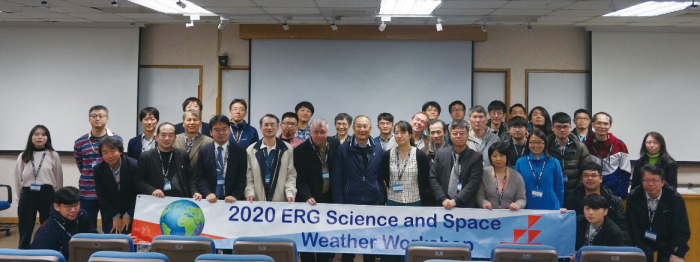The Arase mission is an important science collaboration between Japan and Taiwan. It is the first project in Taiwan to develop a payload on a pure science satellite. The Arase collaboration gave the Taiwanese space science community a great opportunity to access the first-hand measurement data from an advanced mission and develop a science payload that has to survive under very high radiation conditions.
Luckily, we successfully grasped the opportunity and turned it into a nice experience. The development of our payload, the LEP-e( Low-Energy Particle Experiments - Electron Analyzer), was on time, and it functioned as expected. After the launch, our team worked with the Arase team to operate the LEP-e according to the observation schedule and modified the operational mode when needed. The calibration of electron flux measured from LEP-e was also carefully calibrated. Science-wise, Taiwanese scientists have used the Arase data to study the electron density variation respected to the wave and electric field distribution to understand correlations between electrons in the magnetosphere and the observed aurora. With the high angular resolution of the LEP-e, the detailed physics between aurora and electrons far from the earth was revealed.
As a partner, we are very pleased to see the LEP-e instrument is still working properly after the launch for five years. Furthermore, it is a great success that the whole satellite is still in a healthy condition to provide precious science data. I hope to see more science output of ERG data from Taiwan, especially more science collaboration between Japan and Taiwan.
Figure: A group photo taken at the 4 th ERG Taiwan Workshop held in January 2020.

